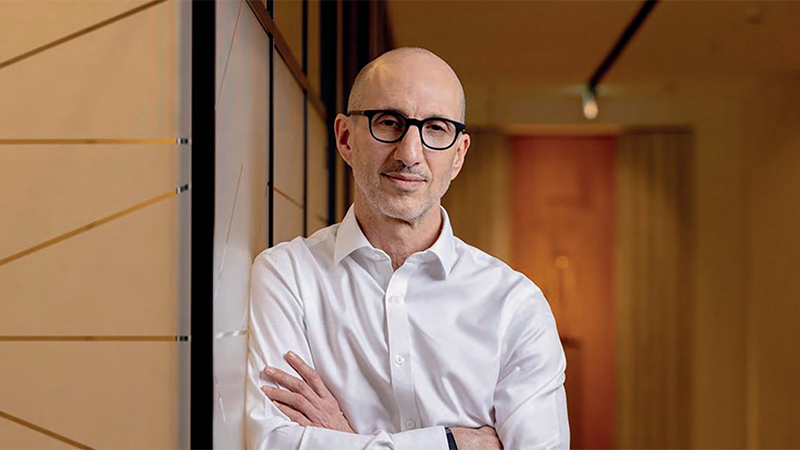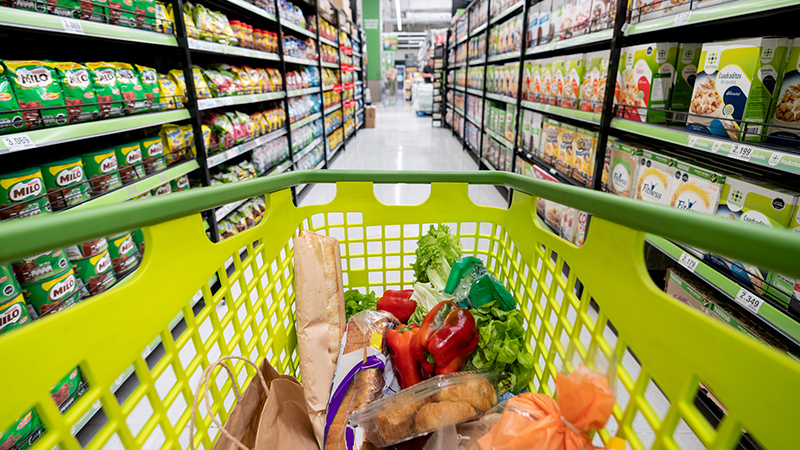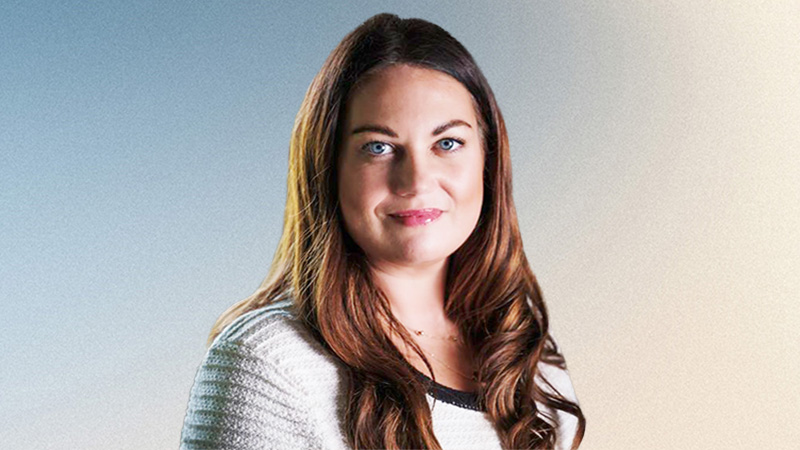I have also recently highlighted the very high valuations the stock market places on online companies perceived as structural winners. As an illustration of how high the market is willing to value these companies, let’s examine a current “hot” IPO – Appliances Online (AO).
AO is an online retailer of major domestic appliances (MDAs) – washing machines, tumble driers, fridges, freezers, cookers etc.
The majority of revenue comes from direct purchases via their website. It also has a small distribution business serving third party retailers and original equipment manufacturers (OEMs). AO’s prices are competitive but not significantly cheaper than their online or offline peers. Its main competitive advantages are best-in-class delivery capabilities, a broad product offering, and an excellent service track record.
The proposed valuation for AO is £1.2bn. In order to participate in the IPO I would need to believe that the business was worth considerably more than this. How to go about valuing AO? I will split the process in two. First I will consider its core UK MDA business. Second, I’ll assess the potential for its new “growth” markets, in particular televisions and Germany.
Since AO is still a relatively immature business in the UK, it is important to consider what it might look like – and be worth – in the future. There are four key assumptions to make; 1) the total MDA market size, 2) the percentage of MDAs bought online, 3) AO’s market share, and 4) the profit margin AO might achieve.
1) The UK MDA market is not a growth market, with small volume gains offset by pricing declines. I do not expect a strong cyclical recovery, as sales are already back to pre-crisis levels. Demand is nearly all replacement driven which is non-discretionary. The current market size is estimated at £3.2bn. Assuming an inflationary level of growth this might rise to, say, £3.5bn in five years' time.
2) Currently 40% of MDAs are purchased online, and this figure has been on an upward trend. It is difficult to predict at what level it will mature, but it seems likely that a significant minority of consumers will always prefer to purchase offline. I will assume a figure of 60% but recognise that this could be out by at least 10% either side.
3) AO’s current market share is 20% and has been increasing at a rate of 3-4% per annum. Assuming this continues then in five years' time AO should command a 35% market share. Of course it could go higher but the competition will always be intense from the likes of John Lewis, Currys, Argos and the supermarkets.
4) The profit margin assumption is the most difficult to make. Today AO earns just under 4% operating profit margin. This should rise over time as the business grows, benefiting from economies of scale. Looking at other successful distribution businesses suggests a margin of around 9-10% should be achievable.
Putting the above assumptions together suggests a future operating profit potential of AO’s UK business of around £65-75m. What is the value of this future profit stream? One approach is to use the valuation for the broader stock market and then adjust it depending on the growth rate of the business. Since AO should still be a relatively fast-growing business in five years' time, I would apply a modest premium to the stock market’s valuation multiple. This would suggest a valuation of around £800-900m.
Now let’s consider the two additional “growth” markets for AO: television and Germany.
The UK television market is a huge opportunity worth around £4.3bn. However it is also a very different market to MDA. Consumers are much more reluctant to buy televisions online, preferring to test the key functions such as image quality and user interface in store before buying. Also, since this business hardly exists at all for AO today, I would be cautious in assuming too much future growth. If they manage to take 20% of the online market then this might amount to around £100-150m sales and £9-13m operating profit opportunity.
I would be even more cautious in assuming anything significant for Germany. Although the market is large, AO have no sales there today and the online economy is much less developed than the UK. There will surely be many competitors looking to emulate AO if and when the online market does develop. AO may prove to be successful but in my opinion we should not ascribe much value to it until the company has proven they can be successful there.
Putting all this together, there is £800-900m of value for the UK business, £100-130m for the television opportunity and some small amount (let’s call it £50m) for the German opportunity. This gets us to £950-£1080m valuation range for the whole business. Not only is this less than the proposed IPO valuation, it also a theoretical value in the future. Nobody would pay £1 today for a possible (and risky) £1 of value in five years' time. Therefore, I would need to discount this £950-1080 future value to reflect both the time and risk involved in achieving it.
In summary, in my view the £1.2bn proposed IPO valuation for AO is difficult to justify with what look like sensible assumptions, and as such I do not believe it represents good value.
I have heard it mentioned that AO is one of the more interesting companies among the current wave of IPOs. I agree it is an interesting company, but interesting companies aren’t always interesting investments.










